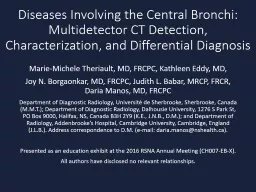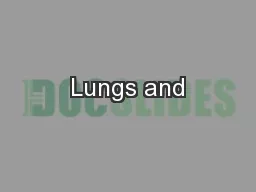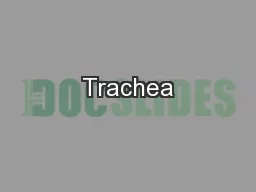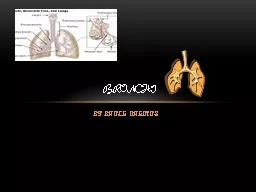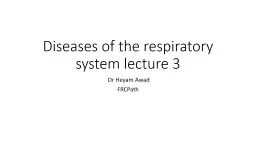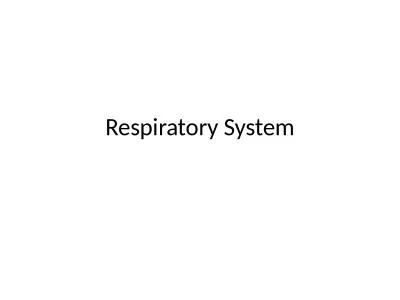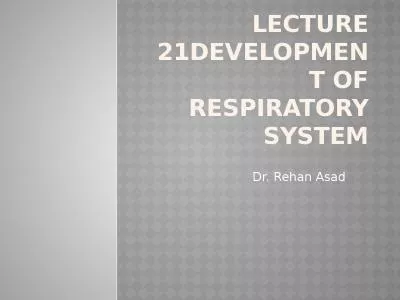PPT-Diseases Involving the Central Bronchi:
Author : lauren | Published Date : 2022-02-12
Multidetector CT Detection Characterization and Differential Diagnosis MarieMichele Theriault MD FRCPC Kathleen Eddy MD Joy N Borgaonkar MD FRCPC Judith L Babar
Presentation Embed Code
Download Presentation
Download Presentation The PPT/PDF document "Diseases Involving the Central Bronchi:" is the property of its rightful owner. Permission is granted to download and print the materials on this website for personal, non-commercial use only, and to display it on your personal computer provided you do not modify the materials and that you retain all copyright notices contained in the materials. By downloading content from our website, you accept the terms of this agreement.
Diseases Involving the Central Bronchi:: Transcript
Download Rules Of Document
"Diseases Involving the Central Bronchi:"The content belongs to its owner. You may download and print it for personal use, without modification, and keep all copyright notices. By downloading, you agree to these terms.
Related Documents

